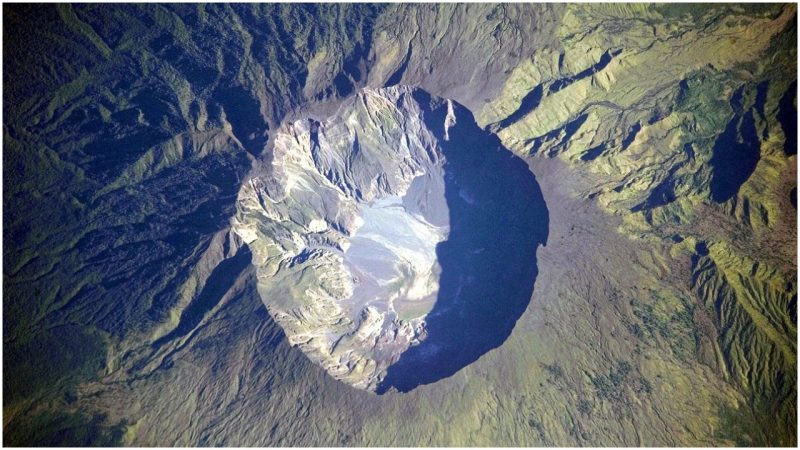Today, seemingly more than ever before, climate change is a hot topic of almost any political and social debate. Is our modern lifestyle artificially interfering with the climate or is it a natural occurrence independent from human activity? The debate rages on. However, climate abnormalities are not something humanity is encountering for the first time.
A historical episode that shows another dark environmental period of the Earth is the year 1816, known in history as the “Year Without a Summer”, “Poverty Year” or “Eighteen Hundred and Froze to Death.”
According to USA Today, this extremely harsh year caused average global temperatures to decrease by 32-33 °F (0.4–0.7 °C). It brought snow in the middle of June followed by a freezing winter in July and August. This extraordinary weather change destroyed crops and the food supply became so scarce that countless people in North America and Europe suffered a great famine. In fact the Year Without a Summer is the sixth-deadliest disaster in Great Britain and Ireland by death toll (65,000).
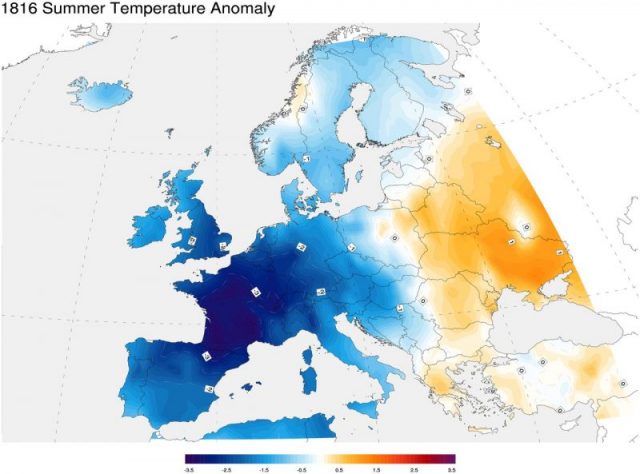
One of the claimed scientific reasons for this climate anomaly was the biggest volcanic eruption in history which took place in Indonesia on Mount Tambora in 1815. The aftermath of this event resulted in large quantities of dust and ash leaking into the atmosphere causing a serious change decrease in temperatures.
The resulting famine spread deadly diseases far and wide so people were forced to move away from their homes.
Experts and scientists claim that this black scenario could possibly happen again due to the fact that volcanoes still erupt and no one can be certain when the next big eruption is going to happen.
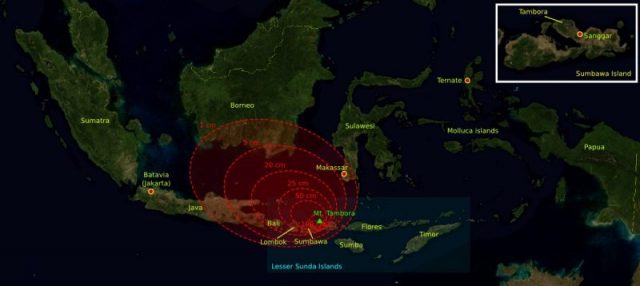
Considering this, any big eruption may prove to be far more fatal than any man-made ecological catastrophes.
The tragic events of the year 1816 were also sealed in the pages of the book “The Year without Summer” by William B. Klingaman and co-author Nicholas P. Klingaman. The latter stated at the time that humanity is still unable to predict volcano eruptions and their destructive potential can only increase.
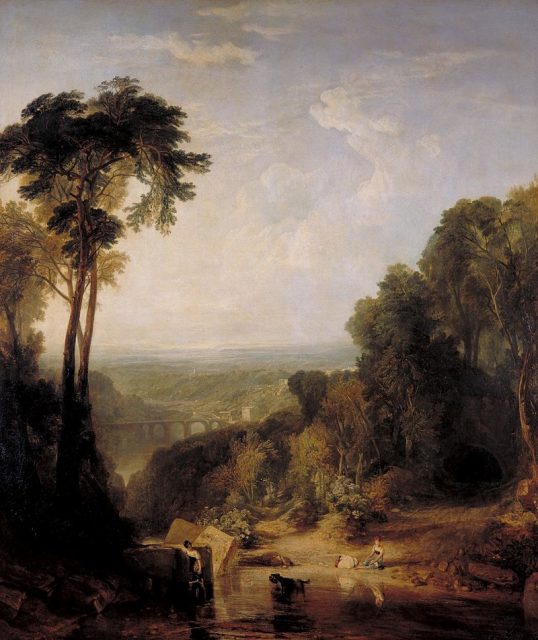
USA Today reports that according to Klingman’s book, the eruption of Tambora is “by far the deadliest volcanic eruption in human history, with a death toll of at least 71,000 people, 12,000 of whom were killed directly by the eruption. And this doesn’t take into account the indirect deaths caused by the resulting famine.
The volcano spewed out enough ash and pumice to cover a square area of 100 miles on each side with a depth of almost 12 feet. NASA also confirms that an eruption can cool a particular area and spread sulfur dioxide into the stratosphere where it then forms sulfate aerosols due to its reaction with water vapor.
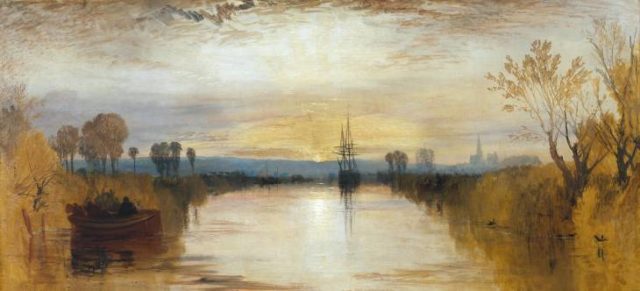
The aerosols are highly durable and cool the surface of the Earth by reflecting sunlight.
The heavy June snowstorms that year not only killed most of the crops but also froze many birds to death as well as other animals. Two months later, the freeze in August hit even harder, forcing people to survive in dreadful ways by eating pigeons, raccoons and other unsavory snacks.
When The Arctic Warms, Extreme US Weather Is More Frequent
The Year Without Summer transformed many of Europe’s communities into impoverished crowds who, on top of that, had to fight a typhus epidemic.
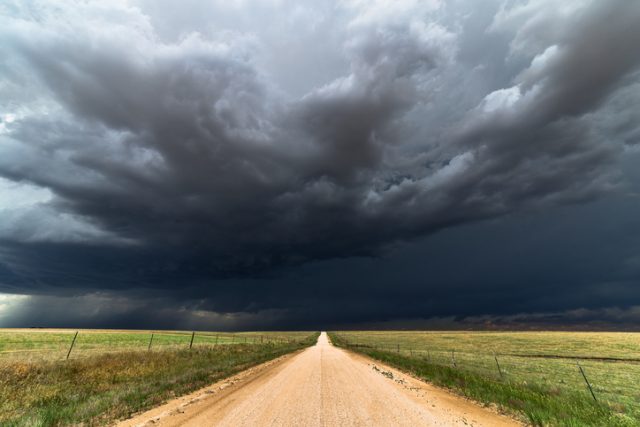
After reading this unpleasant chapter in Earth’s natural history, one would naturally wonder when humanity can expect a return of this cruel climate episode. According to Klingaman, though eruptions like Tambora happen once every 1,000 years, smaller eruptions aren’t less of a problem.
For example, the 1991 Pinatubo eruption cooled the Earth’s surface by nearly 34 °F (1 °C).
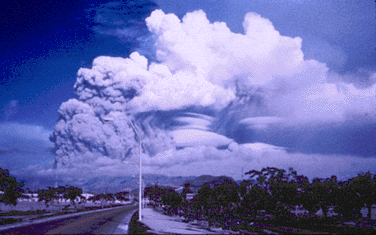
Taking into account that today’s global temperatures are steadily increasing, it is understandable that a huge eruption could result in a network of disasters. USA Today adds that if it were to ever happen, it would be temporary and the warming would take up to several years to reappear again.
Read another story from us: UK Heatwave Reveals Ancient Archaeological Sites Throughout Britain
Interestingly, The Year without Summer had one positive effect. It inspired the British painter J.M.W Turner who painted breathtaking landscapes of the sunset after the Tambora eruption. The painting is named “The Lake, Petworth: Sunset, Fighting Bucks” and according to the Daily Mail it was painted many years after Tambora, presenting volcanic ash and gas in the sky under the warm colors of the sunset.
